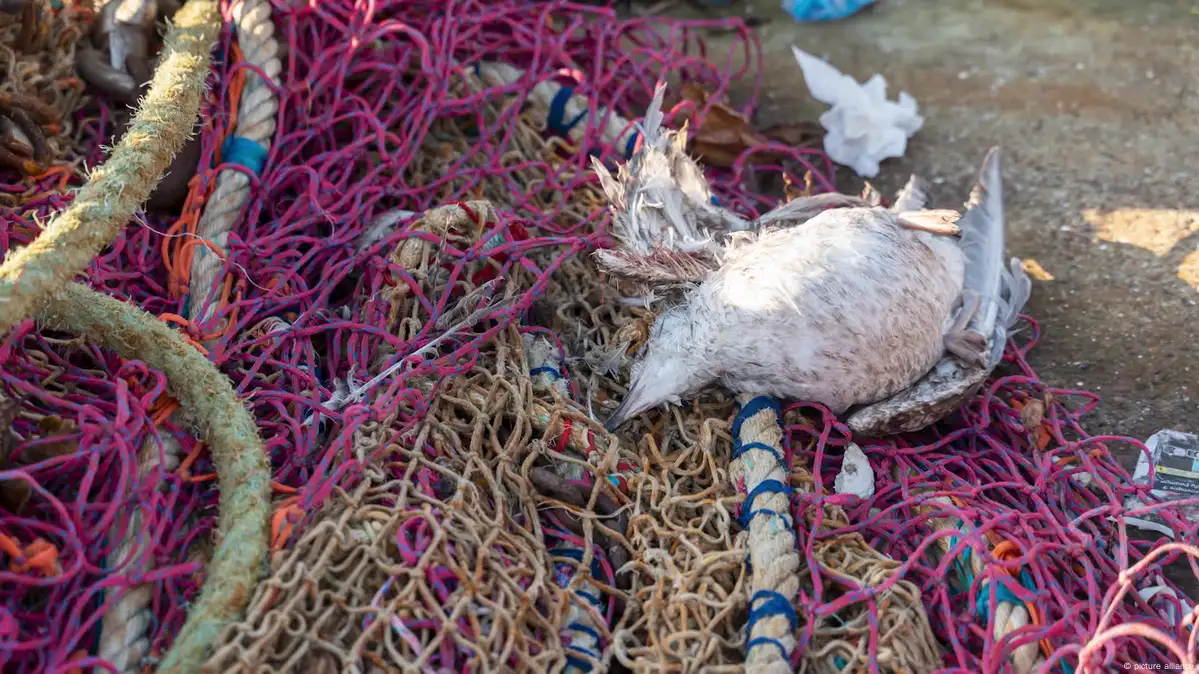A solution to 'ghost nets' in Kenya

This browser does not support the video element.
Turning the Tide on Ocean Plastic: Biodegradable Nets Show Promise in Kenya
In the clear waters off Kenya’s southern coast, change is underway. Marine life long threatened by plastic waste and ghost nets—discarded fishing gear that traps marine life and disintegrates into microplastics — is now finding relief through innovation. The heart of this change lies in biodegradable ropes and nets made of Biodolomer, a polymer developed from sugarcane and limestone. These eco-friendly alternatives decompose naturally, leaving behind just water and lime-rich biomass. Supported by environmental groups and the UN, the initiative aims to tackle plastic pollution from both seaweed farming and industrial fishing.
📉 Seaweed Success, Fishing Frustrations
In Kibuyuni, seaweed farmers like Fatuma Mohammed are seeing real benefits. She notes fewer lost seedlings and less plastic waste contaminating nearby mangroves. The biodegradable ropes they’ve used over the past year have proven resilient throughout harvest cycles and gentle on marine life. But while the ropes flourish in seaweed farms, local fishers aren’t quite convinced. Hassan Mtsoma, a small-scale fisherman, shares his disappointment as the eco-nets fail to withstand daily wear. Frequent repairs and high costs hinder widespread adoption. The Kenya Marine and Fisheries Research Institute plans to address this—but until then, traditional nets remain the fallback.
🌱 Restoring Coral Reefs
But the biodegradable Biodolomer ropes are also benefiting other areas. Off Wasini Island, volunteers are using them to anchor coral fragments to revive damaged reefs. It’s both greener and more efficient than conventional concrete methods. According to coral restorer Ahmed Abubakar, the ropes offer a non-invasive solution and are expected to dissolve within five years, allowing corals to flourish naturally.
While not yet perfect, these biodegradable innovations are reshaping conservation efforts, offering a glimpse into a future where sustainable technology supports marine ecosystems rather than endangering them.
This video summary was created by AI from the original DW script. It was edited by a journalist before publication.